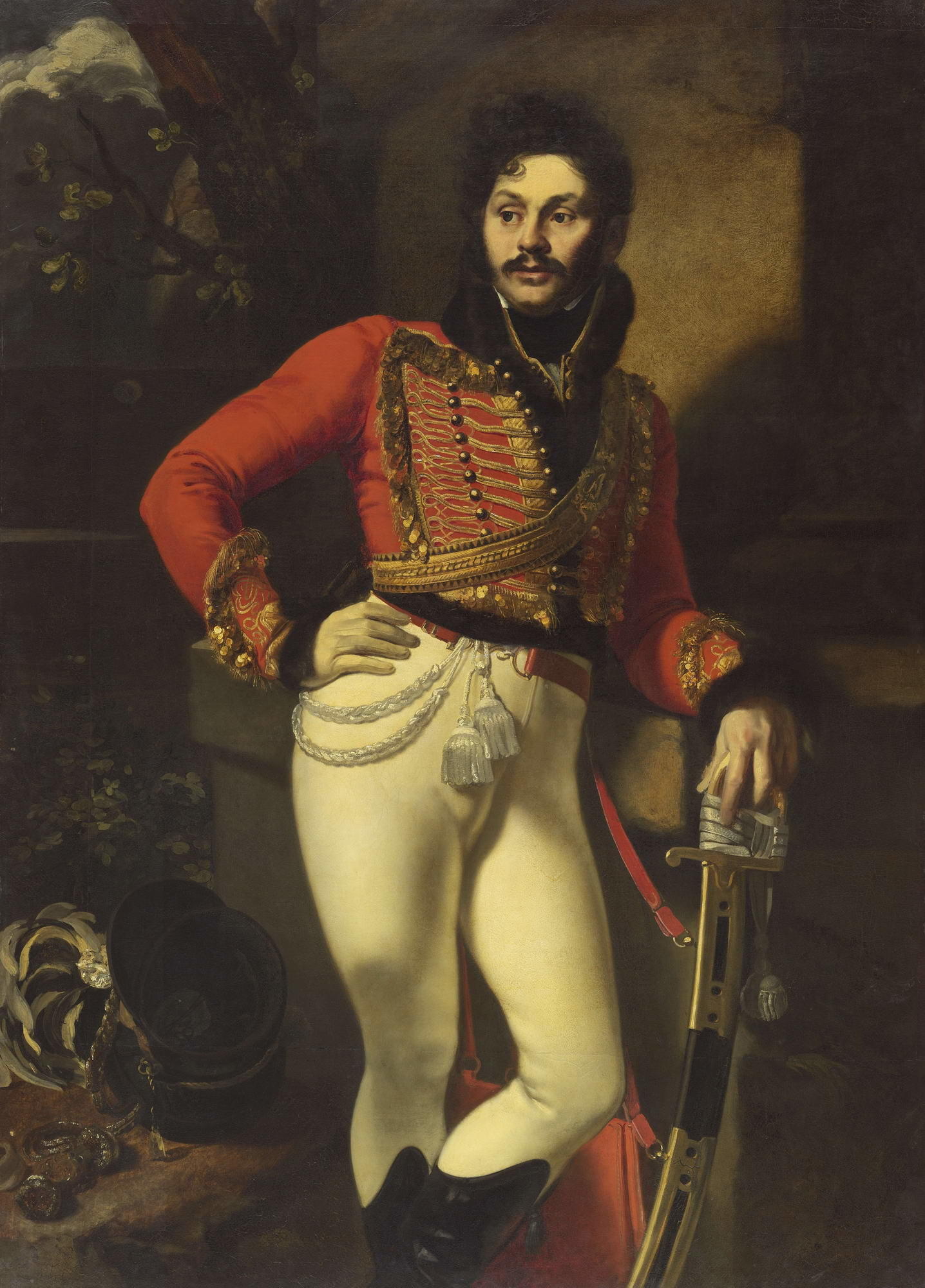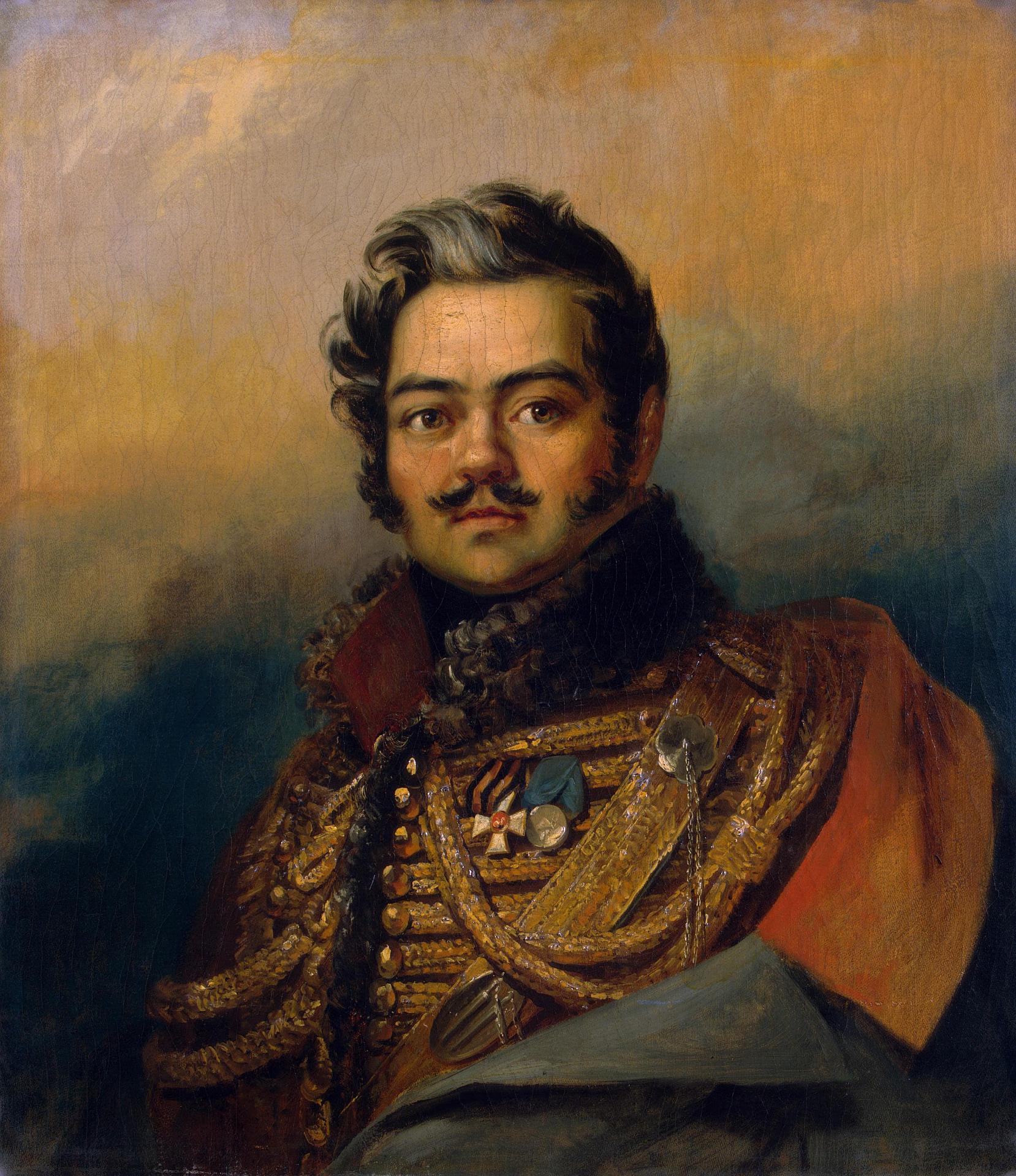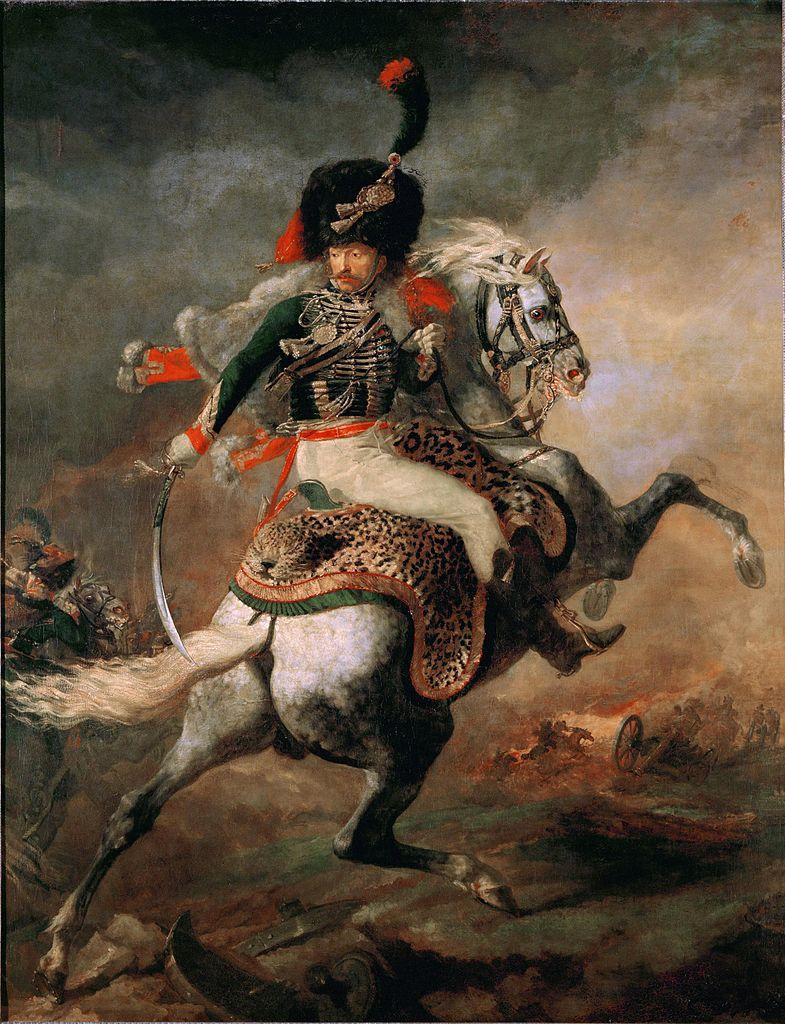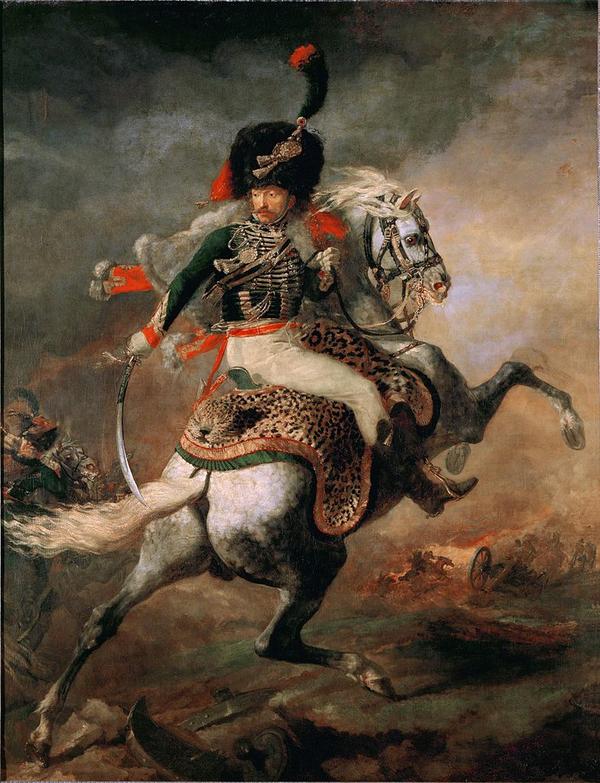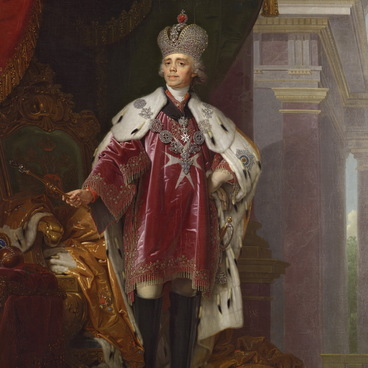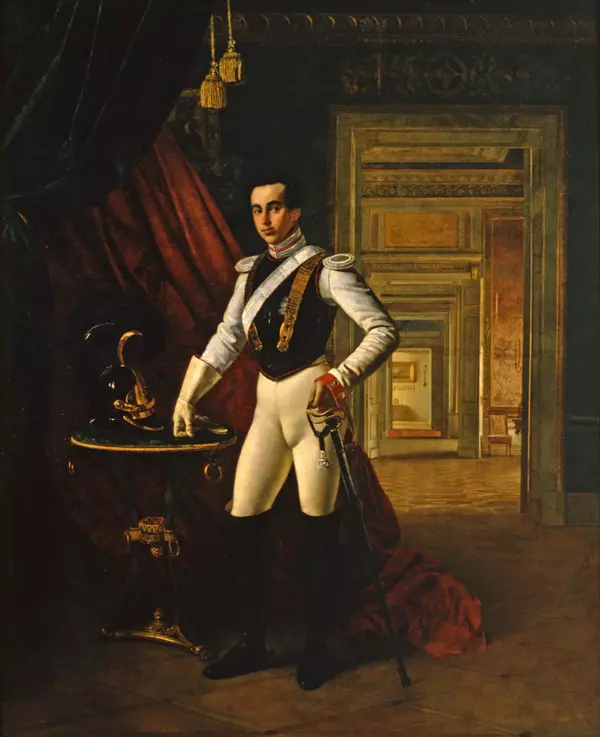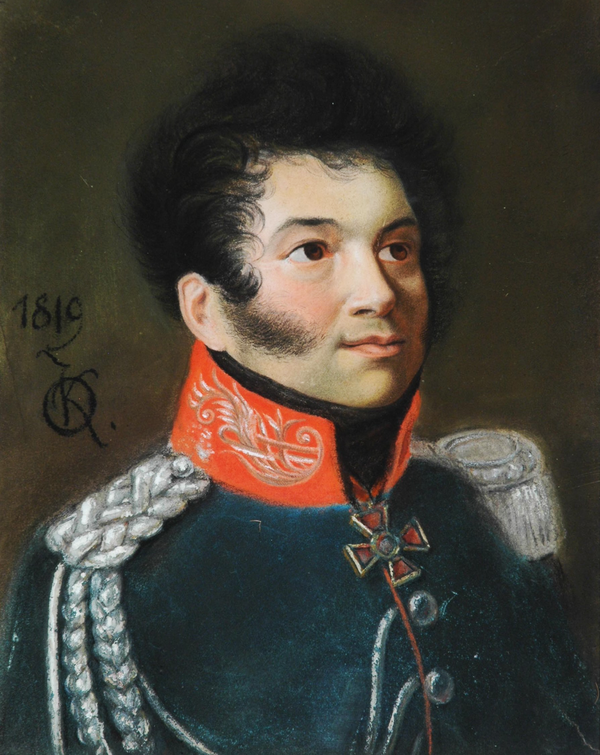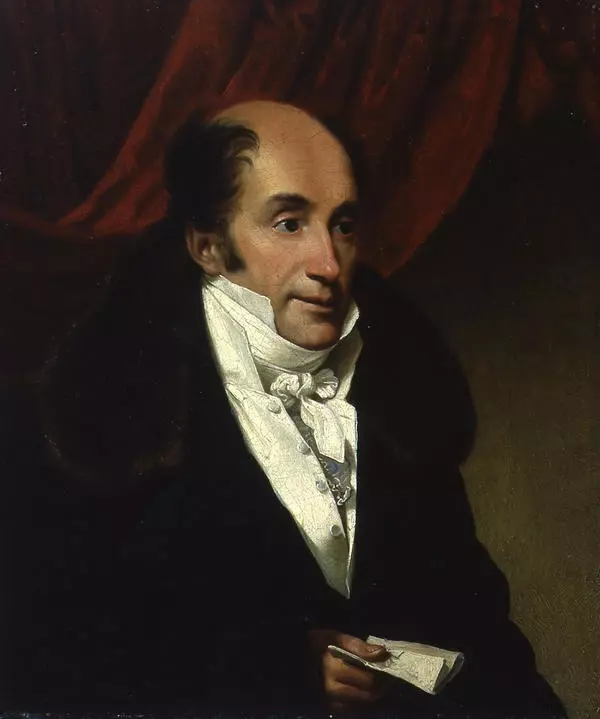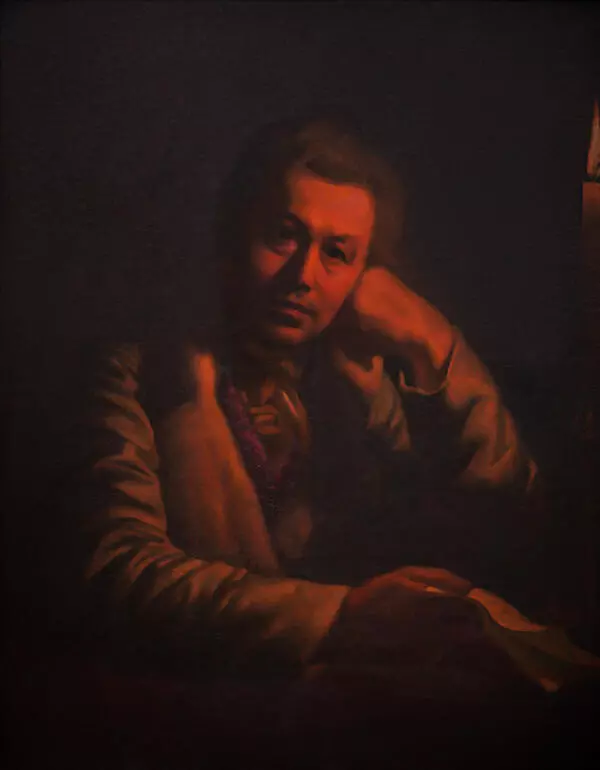Orest Kiprensky was the first prominent portrait painter of the 19th century and one of the first Russian painters known abroad. He always dreamt of creating in Europe, and at the age of 46 he moved to Italy. Eight years later the artist died. His works were brought to Russia, including a portrait, simply called in the inventory as Portrait of Davydov in a hussar uniform.
1 / 3
Portrait of Y.V. Davydov
Время создания
1809
Размер
162x116 cm
Техника
Oil on canvas
Коллекция
22
Открыть в приложении#3
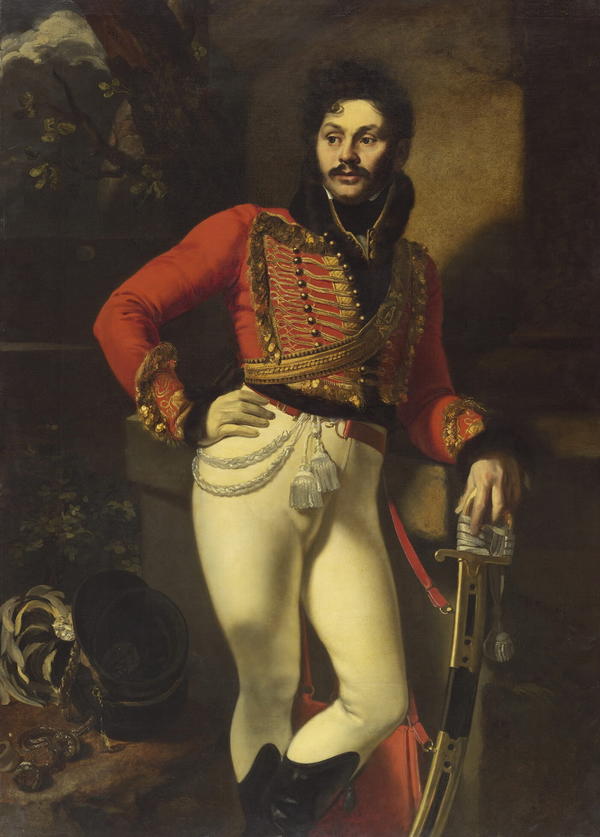
Orest Кiprensky
Portrait of Y.V. Davydov
#4
#5
Because of this, a confusion with the attribution of the work occurred. For more than a hundred years it was believed that the canvas portrays the most famous Davydov, the hero-partisan of the Patriotic War of 1812, poet Denis Davydov. However, in 1809, when Kiprensky painted the picture, Davydov was already in the rank of rotmister and, accordingly, wore another uniform.
George Dawe and his workshop. Portrait of Denis Vasilievich Davydov. Oil on canvas. Not later than 1828. The State Hermitage
#6
Later the initials were found in the register of Kiprensky’s works: “Y. V.” Art historians suggested that the artist wrote Yevdokim Vasilievich Davydov, the younger brother of the rotmister. But this was not so as well: Yevdokim served in a cavalry guard regiment, whose uniform was also much different from the hussar one.
#7
Now most researchers believe that the portrait shows another holder of the initials Y. V., a cousin of Denis Davydov — Yevgraf Vladimirovich Davydov. He was also a hero of the Napoleonic wars, commanded a squadron of the Life Guards of Hussar regiment. In 1813 he received a golden sword and the rank of major general.
#8
The artist painted Yevgraf on a large canvas, almost full-length — the height of the canvas makes 162 centimeters. Davydov stands in a careless but fully dignified pose, with his hand on the hilt of the saber. In wartime such courageous and spiritualistic images were especially in demand.
At the same time, the painter did not turn to overly energetic military pathetics, as his contemporaries did — for example, the French artist Théodore Géricault in the portrait of a horse rangers officer. Kiprensky focused on the character of his hero, revealed his serious and calm thoughtfulness.
#9
Théodore Géricault (1791–1824). Officer of the Imperial Guard Chasseurs commanding a charge. Oil on canvas. 1812. The Louvre
In the picture Kiprensky used bright red, white, black and gold. Such a gamma at the same time reflected the romantic and major mood of the picture. In the background there is a landscape with a dark pre-stormy sky, but the colonel is illuminated by bright light. The raging nature was characteristic of paintings in the style of romanticism.
#10
State Russian Museum
читать дальшескрыть
00:00
00:00
1x
Portrait of Y.V. Davydov
Время создания
1809
Размер
162x116 cm
Техника
Oil on canvas
Коллекция
22
Открыть в приложении
Поделиться
